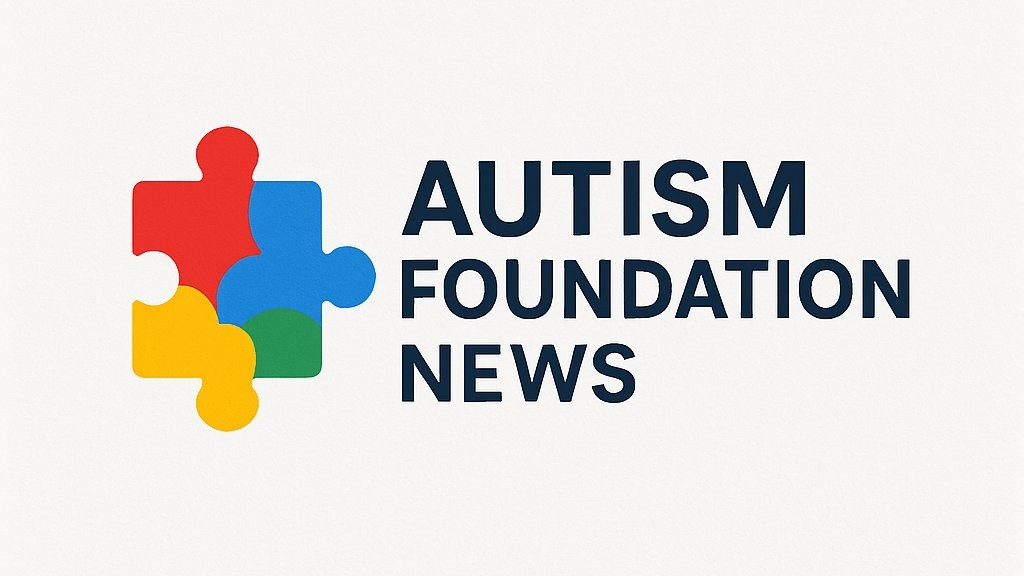
The Essential Role of Deep Rest in Daily Life
In a world that often glorifies busyness, deep rest emerges as a necessary counterpoint for mental and physical well-being. According to mindfulness leader Jenée Johnson, who educates audiences on relaxation practices, rest is not merely a reward for hard work—it's an essential human need. Especially for individuals with autism and their caregivers, the imperative to cultivate moments of stillness and relaxation can profoundly influence overall health and mental clarity.
Understanding the Science of Relaxation
Johnson explains that stress and trauma can hinder our ability to wind down and embrace relaxation. For people with autism, heightened sensitivity to sensory stimulation and social cues can exacerbate stress levels. Incorporating short, deliberate relaxation practices—what Johnson refers to as "relaxation drills"—can be tremendously beneficial. Frequent engagement in these drills enhances one's ability to manage anxiety, fosters resilience, and promotes clearer thinking.
The Power of Quiet Sitting: A Practical Guide
One effective deep relaxation technique is called “quiet sitting” or “free-floating relaxation.” This hardly requires any special preparation; you simply need a quiet space where you can afford to be still. For about 20 minutes, allow your mind to wander without any specific focus. This is especially beneficial for individuals on the autism spectrum, as it fosters self-acceptance and reduces the impulse to constantly analyze or over-process thoughts.
During this quiet time, you may notice thoughts come and go—this is perfectly normal. Johnson emphasizes that you shouldn't strive to block these thoughts but rather let them drift without engaging or becoming anxious. Doing so gradually leads you to the alpha state—a relaxed brainwave pattern associated with restorative relaxation.
Finding Deep Rest Beyond Conventional Activities
Many assume that activities like watching television or reading can serve as relaxation methods. However, they often fail to reach the deeper state of relaxation the brain requires. Johnson highlights that these activities still place demands on the brain, preventing it from hitting the alpha state essential for complete relaxation. This is particularly critical for those managing the challenges of autism, where overstimulation can be a daily hurdle.
Your Journey Toward Deeper Relaxation Starts Here
Incorporating daily relaxation practices can be life-changing. Over time, the simple act of sitting quietly can become a reliable tool for individuals on the spectrum and their loved ones to ground themselves amidst the chaos of daily life.
When you give yourself permission to embrace rest, you may find it easier to manage stress, enhance your emotional well-being, and foster a greater sense of calm and clarity. As Johnson puts it, deep relaxation isn't a luxury; it's a necessity. So, make rest a priority in your life today.
 Add Row
Add Row  Add
Add 




Write A Comment